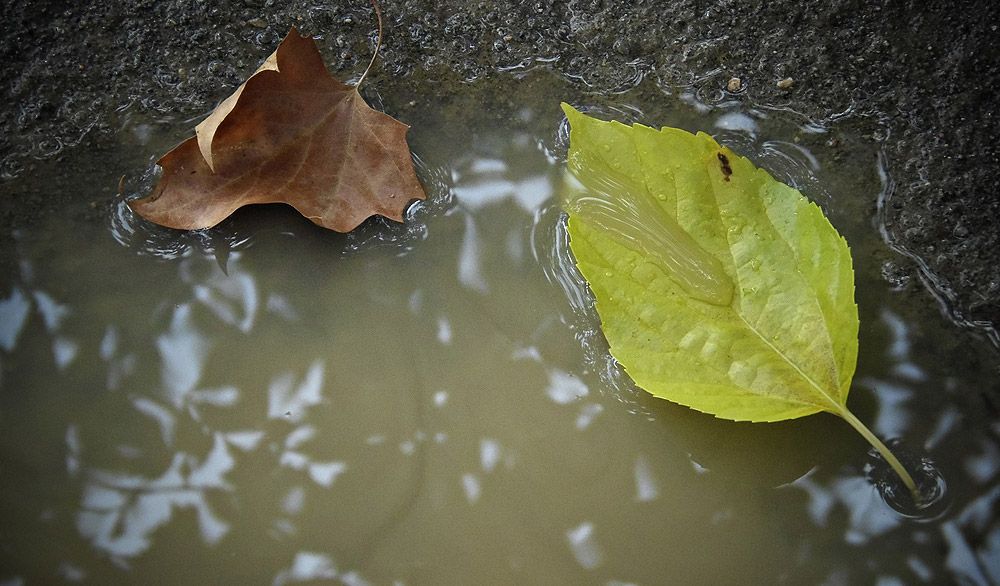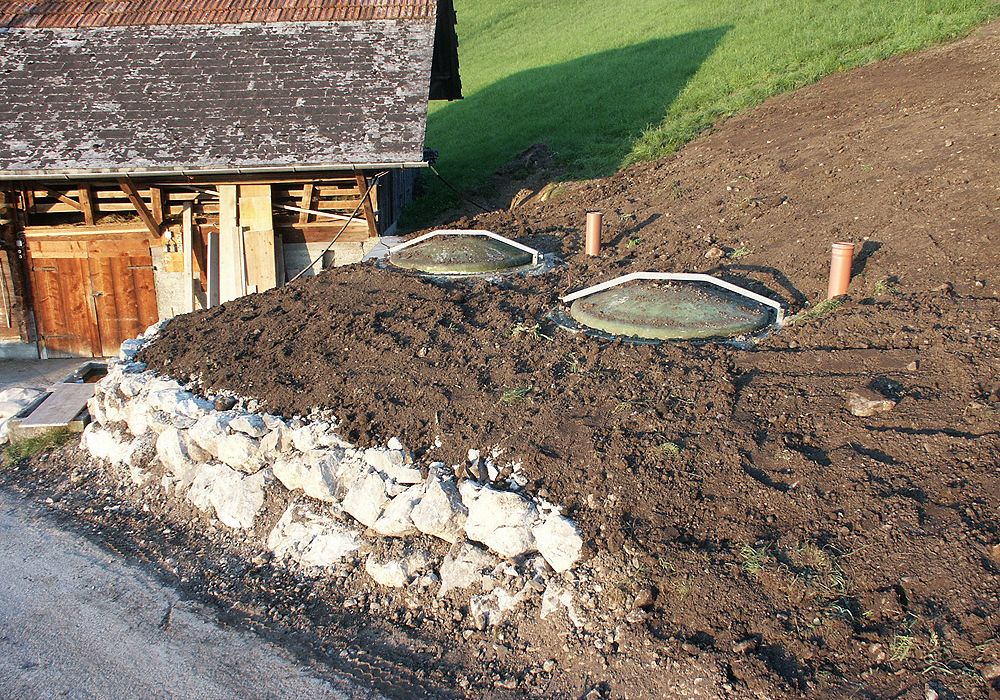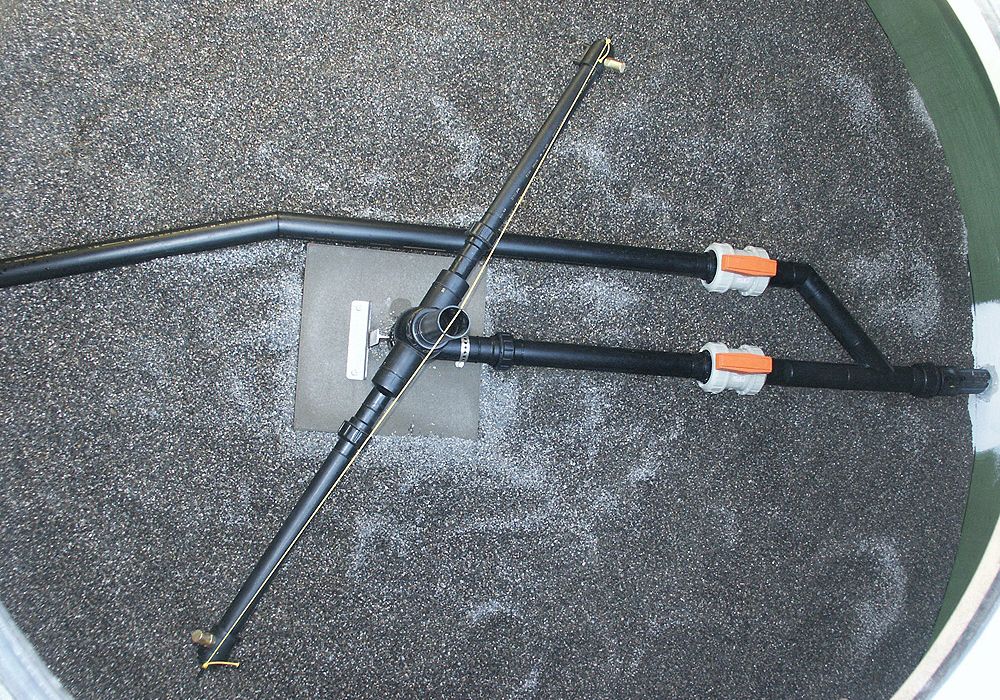Near-natural wastewater treatment thanks to Rotaver bio and sand filter systems.
Biological sewage treatment plants and small sand filter sewage treatment plants for ecological and environmentally friendly wastewater treatment in rural areas for individual houses and groups of houses.
Maintenance and operating expenses
In every small wastewater treatment plant, the septic tanks must be pumped out annually and the sludge must be disposed of in accordance with regulations (e.g. in a larger wastewater treatment plant). The low sludge accumulation of only about 200 litres per person per year, contributes to the lowest possible operating costs.
Since the system should always be ready for operation, the sand filters are built in two parts (except for holiday homes). If the sand surface becomes clogged due to improper use, or after about one year of operation, the second filter is put into operation. After a rest period of at least half a year, the sand has regenerated and is so permeable that the filter can be put into operation again.
The operating costs of the plant are very low. The feeding of the filters is usually done by gravity, so that no electricity costs are incurred. Maintenance is mainly limited to cleaning the sprinkler nozzles. Depending on the canton, a regular analysis of the discharge water is required (Canton BL/BE annually). These quality controls are organised by the SYMBO company. The costs are borne by the owner.
Planning and construction of the small sewage treatment plant
The plant is planned by SYMBO and realised in cooperation with a local contractor. The containers (sieve shaft, sand filter) are supplied by Rotaver Composites AG.
An ideal treatment plant for places where connection to a WWTP is not possible: farms, mountain restaurants, holiday homes, etc. Sand filter sewage treatment plants function on the slope without electrical power and require very little maintenance.
Structure of the cleaning system
The septic tank serves to settle the solids. In small systems, it consists of a round pit and a screening shaft. Depending on the size of the plant, the first prefabricated septic tank is about 2.50 - 4.00 m deep and 1.50 m in diameter. This is where the mechanical cleaning takes place.
The dosing chamber, equipped with a siphon, has the function of always delivering the same amount of waste water to the sand filter to ensure optimal cleaning. On level ground, the siphon must be replaced by a pump.
The containers of the two sand filters consist of glass-fibre reinforced polyester resin (recycled silos) with a diameter of 3.00 - 3.50 m, which contain a coarse-grained filter sand. About 1 m2 of filter surface is required per inhabitant per sand filter. The actual wastewater treatment in the filter is mainly carried out by bacteria in the sand. They break down pollutants and remove ammonium, which is contained in toilet water. After the wastewater has seeped through the clarifying sand, it can be purified and discharged into the nearest stream or drainage system.
Downloads (german)
Further information on this product range can be found in the following documentation or plan sketches.
-
Waste water treatment with sand filter
-
Construction of a sand filter sewage treatment plant
-
Plan/cutaway drawing sand filter wastewater treatment plant
-
Example of plan and price Small wastewater treatment plant System Symbo
-
Report FAT
-
Report Kommunalmagazin
-
Farmers' newspaper report
(Prices and further information on request)
Product images / References
An enquiry is always worthwhile!
Are you interested in learning more about this product group? We will be happy to advise you personally or give you more information via our telephone number +41 (0)34 460 62 62 further information.






